Since 2006, Bank of America/Merrill Lynch has been sponsoring surveys of High Net Worth Individuals to gain insight about their philantropy. I have reported on their findings in the past. This year the study, released in December 2011 and conducted by the Center for Philanthropy at Indiana University, is focused on women’s philanthropy. At my blog, MarionConway.com I’ve posted a companion piece, Role of Community Engagement, Volunteering and Giving by High Net Worth Women versus Men which discusses the particular findings of these issues and women’s philanthropy. In this article I report on the overall findings as they pertain to both men and women.
There are some differences in what is important to men and women when it comes to philanthropy but there is also a great deal of similarity. Although this report focuses on women, it provides excellent insight into what is important to both of them. Here are some highlights. First the motivators with a statistically significant difference between men and women:
Women (%) Men (%)
Moved at How Gift Can Make a Difference 81.7 70.9
Giving to an organization that is efficient 80.5 69.2
Give Back to Community 78.2 63.3
Volunteer for the Organization 65.7 49.8
Support Same Orgs./Causes Annually 59.5 67.9
Set Example for Young People 43.6 25.1
Further Legacy of Others 33.1 16.4
The top two motivators for men and women are the same but there is a statistically significant difference in the importance between them. What comes next seems very important to me. Men are much more likely to continue to give to the same organization from year to year than women are. Women are more likely to continually be considering which organizations to support and are more likely to give to the organizations that they are engaged with. The data is clear about the need to keep women philanthropists actively involved in order to maintain their support. This should not be a surprise to us. Men are more likely to want to buy the same shirt in the same color from the same store year after year. A woman would never consider doing such a thing. Guess what – this same behavioral pattern holds true for philanthropy. I must admit I’ve never thought about that.
Here’s the list in descending order of importance of motivating factors that do not have a statistical difference between men and women:
Feel Financially Secure
Political/Philosophical Beliefs
Remedy Issues Affecting Me Personally
Give Spontaneously to Support a Need
Religious Beliefs
Being Asked
Business Interests
No surprises here.
Here are some other key findings that I found particularly noteworthy:
87% of high net worth women volunteered.
60% of gifts go to general operating funds (almost the same as for men)
Men are more likely to make a capital gift and women are more likely to support a particular program.
2/3 of both men and women report a family tradition of giving
So when it is a couple living together – married or not – who makes the decision about giving anyway? Here are the answers:
Percent Responding
Women (%) Men (%)
I decide 38.8 43.4
Joint Decisions 48.4 40.9
Separate decisions 10.6 14.6
So even if this data made you smile about how men and women view decision making, in the case of both men and women well over 80% of the people think they are involved in philanthropic giving decisions when there are couples involved. That’s important to keep in mind – and not to focus solely on the interests of either party.
I recommend that you read the whole report. Click here for the link to the full report.
Click here for the link to my companion piece.
Here’s the links to earlier articles that I have writter on related subjects:
2010 High Net Worth Philanthropy Study and What It Means for Small Nonprofits
The Wired Wealthy and Online Giving – A New Study Provides a Fresh Analysis
——————
For more resources, see our Library topic Nonprofit Capacity Building.







